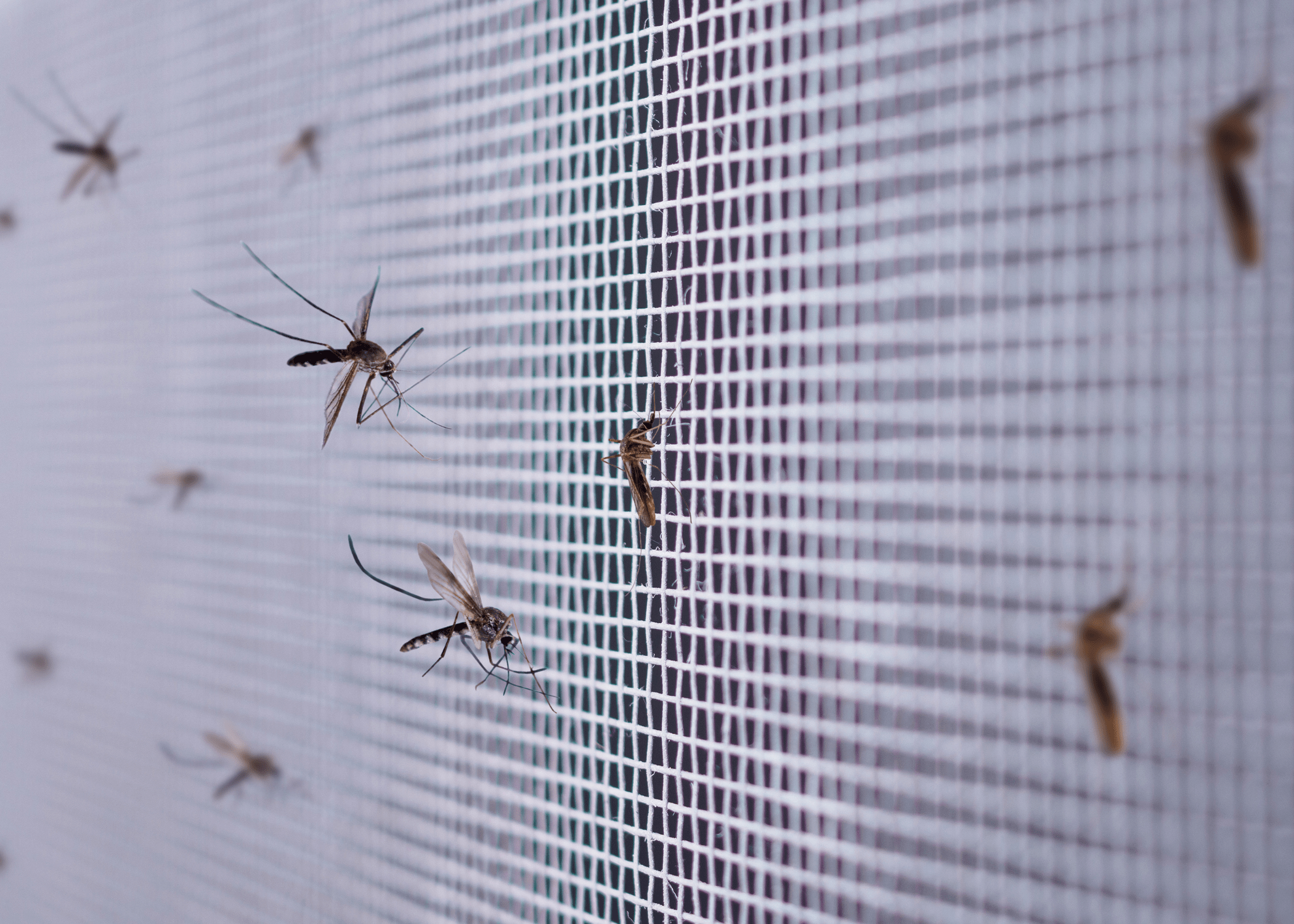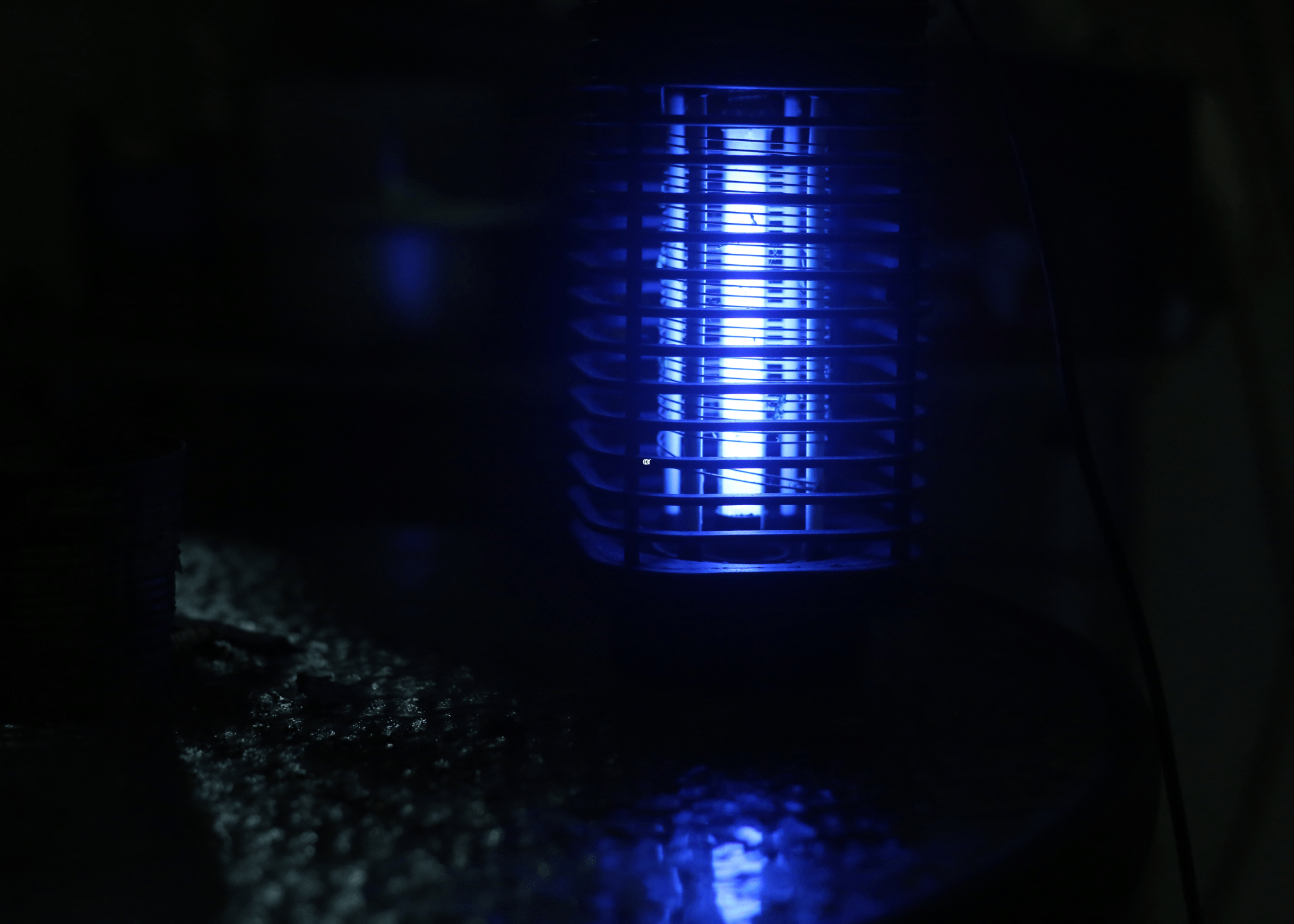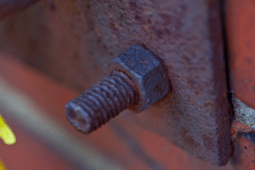Discover The Best Mosquito Trap For A Bug-Free Backyard
When it comes to enjoying your backyard or patio, the presence of mosquitoes can be a significant deterrent. Thankfully, there are numerous products on the market designed to tackle this issue alongside multiple DIY solutions, allowing you to find the best mosquito trap for your home.
But how do you determine which one truly stands out? In this article, we’ll delve into the various features and technologies that make some mosquito traps more effective than others.
Understanding How the Best Mosquito Traps Work
To truly grasp the inner workings of the best mosquito trap options available, it’s essential to get into the mechanisms that make it so effective. Typically, these traps mimic the cues that attract mosquitoes to humans, such as carbon dioxide, heat, and specific light wavelengths.
When a mosquito senses these signals, it’s lured toward the trap, believing it’s approaching a potential host. Once the mosquito gets close enough, a vacuum or fan mechanism often pulls it into a containment area where it can’t escape. This design’s brilliance lies in its ability to exploit the mosquito’s natural behavior, ensuring a higher capture rate compared to other methods.

The best mosquito trap integrates advanced technology to optimize its efficiency. Many models use a combination of attractants, such as UV lights and chemical lures, to widen their appeal to different mosquito species. Some advanced traps even allow for adjustments based on environmental conditions, providing a customizable approach to mosquito control.
With these features, it’s clear that the engineering behind these traps is crucial in providing a reliable solution to reducing mosquito populations and enhancing outdoor comfort. This ensures that users can enjoy a mosquito-free environment with minimal effort.
DIY Methods for Creating the Best Mosquito Trap
Creating your own mosquito trap can be both a cost-effective and satisfying solution to keeping these pesky insects at bay. DIY methods allow you to customize your mosquito trap to fit your specific needs and environment.
With just a few household items, you can construct a trap that effectively reduces the mosquito population in your yard, providing you with a more comfortable outdoor experience. Plus, by using natural and non-toxic materials, you can ensure the safety of your family and pets.

One popular DIY mosquito trap involves using a mixture of sugar, water, and yeast in a plastic bottle. The yeast produces carbon dioxide, which attracts mosquitoes into the bottle, where they become trapped.
Another effective method is creating a mosquito trap using an electric fan and fine mesh screen, which pulls mosquitoes in and traps them. Both of these solutions are simple to make and can significantly reduce the number of mosquitoes in your area, allowing you to enjoy your outdoor spaces without the constant annoyance of bites.
Comparing Different Types of Mosquito Traps
When it comes to selecting the best mosquito trap, it’s essential to understand the variety of options available. One popular type is the CO2-based trap, which mimics human breath to lure mosquitoes. These traps are highly effective because mosquitoes are naturally drawn to the carbon dioxide we exhale.
Another common option is UV light traps, which attract mosquitoes using ultraviolet light. These are often favored for their simplicity and ease of use, making them a practical choice for many households.

On the other hand, there are also traps that use a combination of attractants, such as heat, moisture, and even specific scents, to lure mosquitoes. These multi-faceted traps can be particularly effective in environments with high mosquito populations.
There are water-based traps that target mosquito breeding cycles by attracting females looking for a place to lay eggs. Each type of trap has its own set of advantages and can be more or less effective depending on your specific needs and environment. By understanding the differences, you can choose the best mosquito trap to keep your home and outdoor spaces mosquito-free.
Key Features to Look for in the Best Mosquito Trap
When searching for the best mosquito trap, it’s crucial to examine the trap’s coverage area. A high-quality trap should be effective over a considerable range, ensuring it can protect your entire outdoor space.
Another critical feature to consider is the power source. Some traps require a constant power supply, while others operate on batteries or solar power, providing flexibility depending on your specific needs and the intended location.
Another significant factor is the trap’s method of attracting mosquitoes. The best mosquito trap often utilizes a combination of attractants, such as CO2, heat, and UV light, to lure mosquitoes into its snare. This multi-faceted approach increases the chances of capturing a higher number of mosquitoes, making your environment more comfortable.
Furthermore, ease of maintenance is essential – a trap that’s simple to clean and maintain ensures long-lasting performance and effectiveness.
Related Articles
- Cockroach Control: Instantly Effective Methods
- What Will Kill Wasps Instantly – Helpful Solutions for a Sting-Free Home
- How to Get Rid of Sugar Ants – Simple Tips and Effective Strategies
Ready to start your next project? Join our DIY community to receive tool tips, how-to guides, and exclusive creative insights. Subscribe to the ManMadeDIY newsletter now!
Frequently Asked Questions (FAQs)
What makes a mosquito trap effective?
An effective mosquito trap typically uses a combination of attractants such as carbon dioxide, heat, light, and sometimes chemical lures to draw mosquitoes in. Once lured, mosquitoes are captured using methods like vacuum suction, sticky pads, or electric grids. The best traps can cover a large area, have durable construction, and are easy to maintain.
Which type of mosquito trap is best for indoor use?
For indoor use, electric mosquito traps or UV light traps are highly effective. These traps usually have a quiet operation, are safe to use around children and pets, and do not emit harmful chemicals. They work by attracting mosquitoes with UV light and then trapping or killing them with a fan or electric grid.
How often do I need to maintain a mosquito trap?
Maintenance frequency depends on the type of trap. Some traps require weekly cleaning and replenishment of attractants, while others might need only monthly maintenance. It’s important to follow the manufacturer’s instructions to ensure the trap remains effective. Regular cleaning prevents clogs and ensures the trap continues to attract and capture mosquitoes efficiently.
Do mosquito traps help in reducing the mosquito population long-term?
Yes, effective mosquito traps can help reduce the local mosquito population over time. By consistently trapping and killing mosquitoes, especially females who are looking for a blood meal to lay eggs, the reproductive cycle is interrupted, leading to a gradual decrease in population.
Are mosquito traps safe for pets and children?
Most mosquito traps are designed with safety in mind. Electric and UV light traps are generally safe for indoor use around pets and children as they don’t use harmful chemicals. However, it’s always best to read the instructions and place traps in areas where pets and children cannot tamper with them.
Can I use mosquito traps in combination with other mosquito control methods?
Absolutely! Using mosquito traps in combination with other control methods, such as repellents, insecticides, and removing standing water, can provide a more comprehensive approach to mosquito management. This multi-pronged strategy is often the most effective way to reduce mosquito populations and enjoy a mosquito-free environment.





